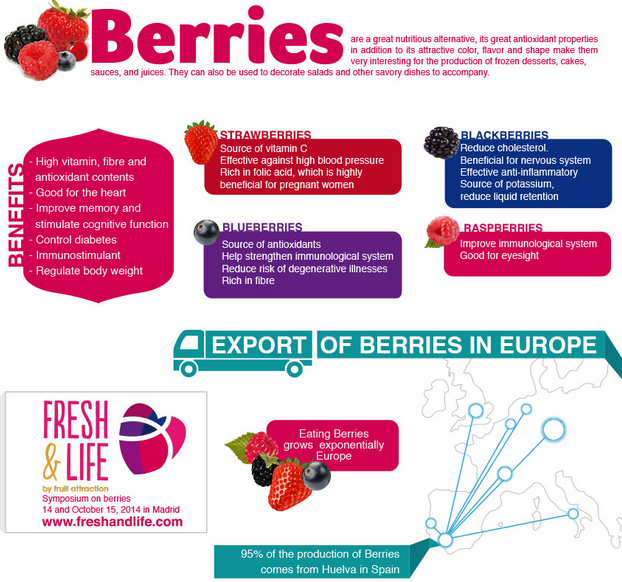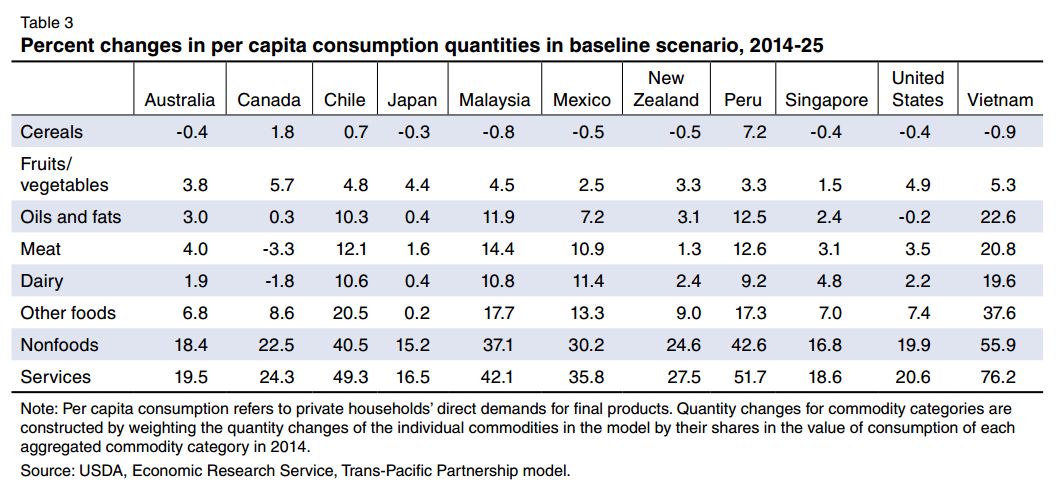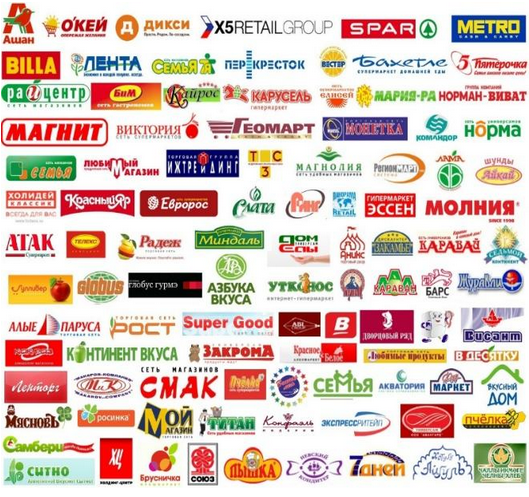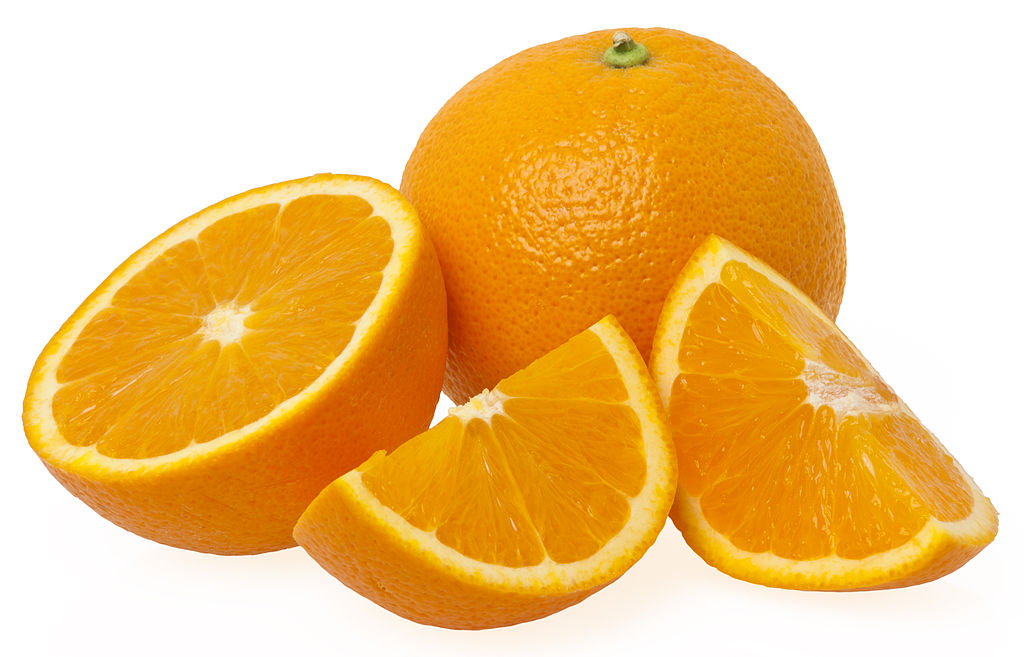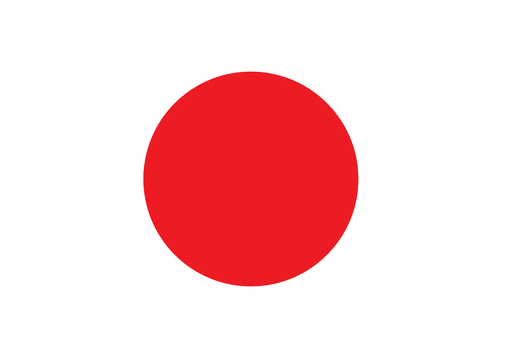
No doubt sparking renewed debate over intellectual property rights and plants, the International Licensing Platform (ILP) was launched on Friday. Members of the new association say it aims to improve global access to and use of plant breeding traits for vegetables.
According to Greenhouse Canada, the participating companies include Agrisemen, Bayer, Bejo, Enza, Holland-Select, Limagrain Vegetable Seeds, Limgroup, Pop Vriend, Rijk Zwaan, Syngenta and Takii. A report by VILT, the Flemish information center for agriculture and horticulture, said the ILP will hold 60% of the world market of vegetable seeds in its hands.
A press release published by Netherlands-based hybrid seed specialist Nunhems, a subsidiary of Bayer CropScience, said 11 companies from Switzerland, Germany, Japan, France and the Netherlands, worked together to establish the ILP “with an aim to provide plant breeders around the world with faster, more efficient and cost effective, guaranteed access to crucial plant breeding traits that are currently covered by patent claims by ILP member companies.
“The ILP provides a straightforward, easy way for vegetable breeders to license the traits they need at a fair and reasonable cost so they can bring new products to the market that meet demands from growers and consumers. The members of the ILP will make all of their patents related to vegetable breeding traits accessible to their fellow members under the conditions of the ILP,” it said.
Monsanto said it applauded the initiative but is not a member. “We believe both the ILP and our new licensing program enable a technology exchange that will foster agricultural collaboration and innovation thereby increasing the variety and quality of vegetable seed products available to growers,” said Marlin Edwards, chief technology officer at Seminis, a vegetable seeds subsidiary of the company.



